Copper Smithing7/17/2019 When working with early steam cars, there is one material you have to become friend with…. Copper. I think I should devote a post about this. What I was afraid of first has now become one of my favorite activities, I often say that you can handle considerably more than you first think, and this really applies to manufacturing parts in copper. When we started with the 1903 Stanley I was not quite novice about working in copper, to the 1900 Mobile that I previously wrote about, I made the copper protection around the steam engine's cylinders. When it was time to start manufacturing the enclosure for the machine in the Mobile, it was with a certain agony that I took up the job, I walked around and thought a long time before I started. But in the end I decided to make templates in wood and steel, and somehow I got this to work. So it was with a little more confident attitude I started manufacturing the various parts for the Stanley. As always, when you lack knowledge, it is important to carefully consider how a job should be performed. I quickly realized that when it came to shapes that were not straight, I had to first make a template with the help of which I could then process the copper. In the case of curved shapes, this mainly concerns the encapsulation of steam engines and the rear axle's differential, but also some round covers for pressure tanks and water tanks. In a previous post I described how after a lot of thinking I managed to make a new lid for one of the pressure tanks in the Stanley fuel system, at that time it was my old lathe that temporarily served as a metal spinning lathe. It is easier with straight shapes, here you can go a long way with a simple manual bending machine, it is only to calculate in which order the different bends are to be carried out. Then it is just to work ... work ... work. The biggest challenge so far has been the encapsulation of the Stanley's steam engine and especially the part between the cylinders and the rear axle. This part must be provided with some form of doors that can be opened so that the mechanical parts of the machine can be lubricated. Not only that, the encapsulation should also be possible to dismantle. This means that the shutters must cope with the divergences that become when removing the copper shell. But by lining all the door openings with double-weight copper plate and then soldering them, the construction has become so stable that the doors run easily in all positions. One more thing with the steam engine encapsulation. The copper shell itself around the cylinders was among the original parts that came with the car, but it was in poor condition, broken and with several serious cracks. So here was the question, should I make a new shell or should I try to repair the original? I have always wanted to have as much as possible in original, so my first choice was to try to repair the old shell. In retrospect I am very pleased with this decision, I think the result is pretty good. What do we learn from this? Well… don't be afraid to try, as I said, you can do more than you first think! So my friends, buy some copper and start hammering! Gunnar
0 Comments
New Project-locomobile locosurrey11/22/2018 So far, I've written about my work with other people's steam cars, the reason for this is very simple ... I've never owned my own car to work on. As I said earlier, since the time I first saw the red Locomobile in my sadly now passed friend's cellar, I had a desire to have my very own steamer one day. Those who usually read my postings may remember the story of the red Locomobile, that steam carriage was far from being in a useable condition when it fell to me to try to figure out how it was supposed to work. It took several years to complete the work, but I'm not complaining, I got a new interest that made all previous interests fade. Now it was finally time. When we entered our hotel room in Princeton at 4 o'clock I had not slept in 26 hours and due to the time difference, it was only a few hours until it was time to get up and do what we came to do. The whole story begins when , as I so often do, I looked at the "Steam Car Network". I'm a bit of a dreamer and it's always nice to watch the cars advertised under "For Sale". For a while, I can disappear into a world where I drive around in any of the cars in the ads. It was during such a moment of dreams I suddenly saw it ... 1901 STANLEY STEAMER "LOCOMOBILE" FOR SALE. In the subtitle it read "4-seater with tiller steering". A four-seater Stanley ... or was it a Locomobile? 1901 indicates it's hardly a Stanley, but a four-seater Stanley is more common than a four-seater Locomobile, maybe someone had misunderstood something here. But it's in New Jersey, across the Atlantic. I, who live far enough away from the Atlantic Ocean, thought just forget about it. How could I get such a car home to Sweden? I live so far away from everything. Anyway it has probably already been sold to someone in the US. During the following weeks, I looked at that ad on several occasions, I really could not forget that Stanley-or Locomobile if that's what it was. In the end, I decided to contact the seller. "Well, there's interest in the car, but it's still for sale, nobody has decided on it yet.", was the answer I received from him, his name was William but he called himself Bill. Bill and I started conversing by email, and the story he told me made me even more fond of the car. Now to determine the car's make. When the first pictures came (over time it became closer to 100 images), it became clear that it was a very early Locomobile, a so-called Locosurrey, and it was absolutely not a car manufactured in 1901, as the car is a Locosurrey with serial number 77, which indiactes that it was manufactured in 1899. As I mentioned, the car has a fascinating history, it was not owned by Bill himself but by his elderly mother. The Locosurrey had been owned by this same family since 1902. The person in the family who originally bought the car was named Robert Wallach. Robert, who was the father of the elderly lady who owned the car, had a small collection of cars, this collection consisted of at least 3 cars. First the Locosurrey and then a Stanley (which later was donated to the Stanley Museum, although it is a little unclear as to what model it was). There had also been a Panhard racing car from 1902 in the Robert Wallach Collection (see image of a sign showing this). The collection may have included several cars, but I do not have any information about this. If anyone has information about Robert Wallach or the "Robert Wallach Collection" I would love to know more information. The time is now 9.00 am, and we are in the hotel reception waiting for Bill, he is probably almost as tired as we are. The flight was 2.5 hours late and we knew Bill had stood outside the terminal and waited for us. The queues for passport control crawled slowly forward, also this being my wife's and my first visit to the US, our fingerprints and photos were taken, along with us being asked where would we stay, and how much cash we had. When Bill stopped in front of the hotel, we lifted up our bags and got in the car, at last I would shortly get to see the Locomobile for the first time other than just in blurry pictures. We drove to Bill's parents house, it's empty now and for sale. The only thing left there is an old covered trailer, I recognise it from the pictures I received, it's next to the garage where the Locosurrey is kept. The car really matched my expectations, or even exceeded my expectations, it's absolutely unbelievable how good the body is, after all, the Locomobile is almost 120 years old. Certainly, the seats and tires have seen their best days, but to my way of thinking this is no big deal. There is no boiler in the car and the burner must be replaced. But it comes with a completely unused Bourdon boiler, albeit 15 years old, but quite ok. After accepting the car, we load the car onto it's old trailer and start the journey to a warehouse in New Jersey, where the Locosurrey will be loaded into a container for further transport across the Atlantic. I'll skip the journey with the old trailer being towed by Bill's car. I was worried about the whole trip, the trailer had been standing for many years and I was unsure if the wheel bearings,etc. were going to be able to withstand the journey. The car was then unloaded into the warehouse, and that is where the story currently stands at the time of writing, as my Locosurrey is in a container somewhere on the Atlantic, where I understand the weather is not all too good, I hope my car does not get sea sick! Soon it will arrive, and I can promise that I will document the entire renovation work here on Steam Car Network. Those interested are welcome to check back and read on my progress. Those who live long enough may see it finished! Finally, the last part of the Locosurrey's journey will not happen until the spring. The car will stay in a friend's garage over the winter, the last 1100 km (684 miles) journey will be undertaken sometime in April or May. Keep on steaming! Gunnar Modig I think it's time to make a final article of the previous renovations we've made. It's more inspiring to write about current things than trying to remember what was done several years ago. But back to the last memories of the work we made on our friend's 1900 Mobile. As I told in the last post, the Mobile worked well at the first test runs and it was time for the owner of the car to come and see our work. Sweden is a long country, I live just above the midpoint of Sweden, Tomas who owns the car lives in the southern most part of our country. So for Tomas, this means 1120 km in a car to get up to us to test his Mobile. Now Tomas did not come alone, with him in the car there were also two gentlemen from Denmark, that was Per Nielsen and his friend Eugenio Lai. Per Nielsen is a famous name in the steam car context and his story of the visit to us in northern Sweden is possible to read in a number of the magazine "The Steam Car" probably in late 2014 or in any of the magazines published in 2015. The boys had been driving all night and were really tired when they got out of the car on arrival at our house. But they were warriors and did not want to waste the visit by sleeping, they had come here to watch and maybe even get an opportunity to test drive the mobile themselves, saying “you can sleep when you are six feet under”... Our work got a good reaction, our goal to do a good job and the ambition of using contemporary types of fittings as far as possible was appreciated and our visitors showed happy faces. So we rolled out the Mobile from the workshop and started steaming up. When the boiler was up to pressure, Tomas got up and sat on the temporary seat (in the form of a plank). He had owned the car for more than 10 years, at last he would have to make a first test trip. Tomas test run with his Mobile went well, he looked happy, despite the fact that he got his rest on the temporary seat, which was just an uncomfortable plank. It went a little worse when Per tried to drive the car, if anyone wants to research this subject, I recommend reading the story Per wrote in the newspaper I mentioned above. Although the test run was considered to be successful we realized that, if the the Mobile should be able to be driven any longer distance, it must be supplemented with preheating of the feed water. I have mentioned earlier that the original burner in the Mobile is very ineffective, the Locomobile we previously worked with had such a powerful burner that we never really experienced this problem. But here it became apparent that the cold feed water caused problems, thus the Mobile simply has to be supplemented with preheating of the feed water. We designed a spiral of copper that was placed on top of the boiler, a simple but effective design that we've seen in images of other steam vehicles. After this Tomas took his steamer home, he has a very good transportation car, a converted Volvo with plenty of space on the platform. Since this time, he has completed the body and the Mobile is today inspected and approved to travel on public roads. In fact, today this is Sweden's oldest car that can be driven in traffic. I have visited him on several occasions to teach him how to handle his steam car. It's a lot to keep in mind when you have never come into contact with anything steam driven. On these occasions, the car behaved great and worked without complaint. With this I finish the chapter "Previous Renovations", now the focus will be ongoing work. Gunnar Modig The restoration of a Mobile Steam car7/10/2017 Here in Sweden we have an expression ... "to slip in through a banana peel". It means most easily translated that you completely unaware suddenly find yourself in an unexpected situation, and that this then leads to a continuation. So it was for me, suddenly I had a steam car in my garage that I would try to get started. I stumbled into steam cars, and since then, I am in love. Before the Locomobile was delivered to Sparreholms museum, we invited the local press as well as members of an association whose stated goal is to preserve our hometowns industrial history, the association is called "Primus Motor". These were invited to attend a test run of the Locomobile, it was also at this time that the movie was filmed. This meeting when we told about the renovation and demonstration drove the car resulted in a small newspaper announcement and got attention in Primus Motors member magazine "the Driving Force". Rumors spread, someone read about our renovation in “the Driving Force" mentioned this to someone else ... and so on. A few months later, I received a phone call, there was a man living about 1100 km away from me. He told us he heard that we completed a Locomobile, the guy who called, his name is Tomas, told me that he had 3 early steam cars in boxes for 10 years. He had bought them from an older man who started the restoration but could not completed it. Tomas asked if we could imagine helping him to complete the cars to driveable condition. So me and my comrade Sven sat in the car and drove 1100 km to see what was hidden in Tomas's boxes. It turned out that it was a Locomobile type 1 from 1899, a Mobile 1900 and a Stanley 1903. If you once have fallen in love with steam cars, you can’t say no to the opportunity to once again get into the wonderful world of the steam driven cars. Of course, we said we would be willing to undertake to renovate Tomas cars, at least those to be driven by steam ... .. After a few discussions, we decided to start with the Mobile, it was on its wheels, there was a boiler in it and there were a lot of parts to it. Unfortunately, the Mobile was in very bad condition when it came to the body, the wood was bitten badly. But Tomas wanted to keep the Mobile in its original condition as far as possible, resonating so that "there are many top refurbished steam cars, but the original ones are not so many." And he is right in that, in addition, there is nothing that prevents the body from being restored at a later date. So our mission was to complete the car in terms of mechanics, steam, water and fuel systems. The Mobile arrives on Tomas's transport car When the car arrived at our workshop, it was time to decide what order we would do for the work. We agreed that if the boiler would have to be replaced, we had to expect a long delivery time, so we started with the boiler and burner. Something that turned out to be a wise decision. The boiler was probably the same boiler that had been in the car since it was new. The bottom of the boiler and the lid were made of iron and the pan in copper, of the piano wire wrapped around the boiler there were only a few leftovers left. Unfortunately, it was found that the boiler lid was heavily attacked by rust so it was excluded that it would be used. It had to be a newly created boiler from Bourdon. The burner was not so beautiful either, but it was possible to repair, a laborious enough work 114 burners with air intakes in the middle and 20 small holes around 2280 small holes to clear .... Perseverance wins As you can see in the picture, the burner burns very fine, but quite honestly ... .. this construction is not quite optimal.
Sure, it's good to have a lot of oxygen available, but the air we breathe contains 20.95% Oxygen, the remaining 79.05% is mostly nitrogen, and nitrogen adds nothing, it just cools. But the burner is original, and Tomas wants his car as close to the original as possible. So then it's the right burner, even if it's relatively powerless. Have a nice summer all Steam Brothers, I'll be back about the renovation of Tomas Mobile. // Gunnar Modig Gunnar's First Steam Car Rebuild4/4/2017 Ok, now it's time for an update .... it is not good enough to leave this amount of time without writing about my projects. As I told you it was the renovation of the Locomobile of the Sparreholms Museum which sparked a passion in me for steam cars. I will not mention much more about this renovation, other than it was a real education for us in the beautiful world of steam cars. Why I fail to mention much about this renovation is that our mission from the owner of the car was not to restore it back to its original condition. He just wanted it to look like it could be run. As we had set our aims a little higher than that, we decided that the Locomobile should be able to work properly when we delivered it. And, obviously, we managed to accomplish our aim. Below is a video called 1899 Locomobile Steam Car. I asked a young guy to document one of our test runs. After a while this film was delivered and after that the guy disappeared without a trace. The movie was nice, but the spelling of Locomobile was the Swedish version "Lokomobile", and I do not have access to the program to change the spelling. I am the person driving the car in the video. But like I said ... there is a lot on the car that is not consistent with the original Locomobile. I enclose a few photos from the handing over of the renovated Locomobile to the Sparreholms Museum, the old man in one of the pictures is the owner of the car and the creator of the Sparreholms Museum, recently deceased Helge Karinen. Next time I write, I will tell you about the consequences of our steam car project, how rumors spread, and what the consequences of those rumors were. Keep on Steaming Gunnar Hi Gunnar,
Nice to see your project finished, the car looks great. The video ist very profesional and who kares how one spells Locomobile! We met I think in 2016 in Melle, Germany. Keep steaming, Charles STEVE BRAGG ( [email protected] ) Very nice work and great video as well! I would like to see this car in person, where is it located? I sometimes travel to Stockholm and Karlskoga. |
About GunnarI am a self-taught steam car engineer whose interest is in the renovation, repairs and manufacturing of steam car parts.... Archives
July 2019
Categories |
|
|
Steam Car Network functions as a resource for all steam car and steam bike enthusiasts. The website is constantly updated with articles, events, and informative posts to keep the community alive and growing. Feel free to contact us if you have any questions or concerns at the email address below and we will promptly reply.
[email protected] |
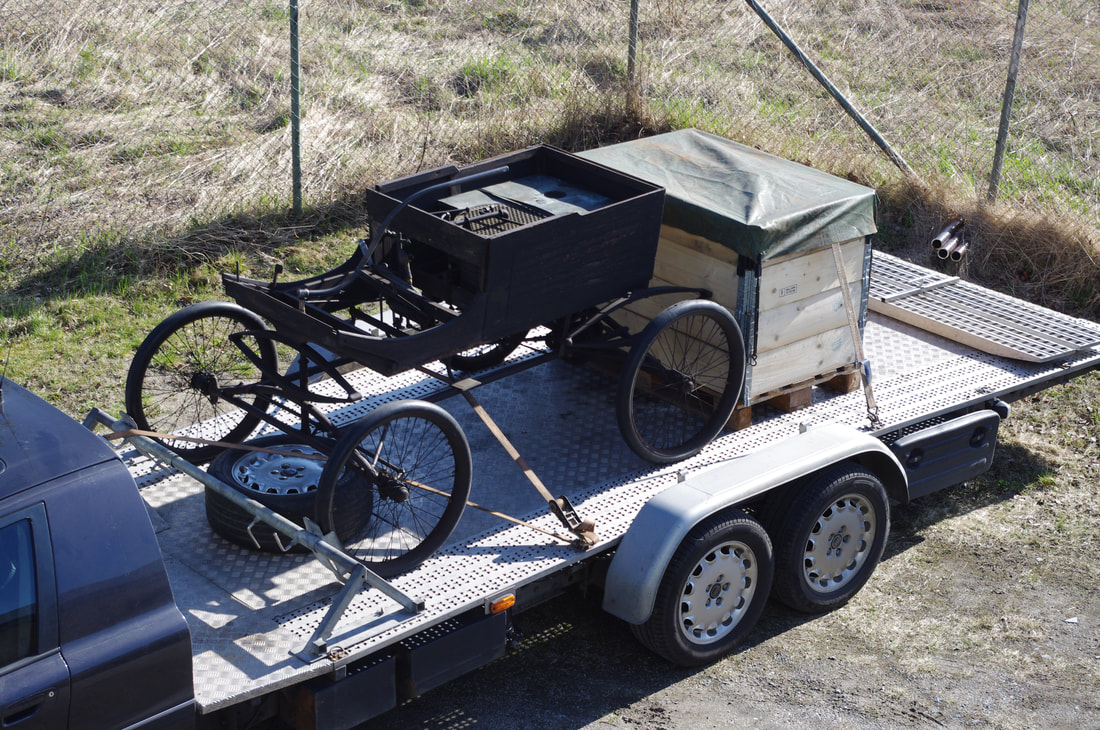
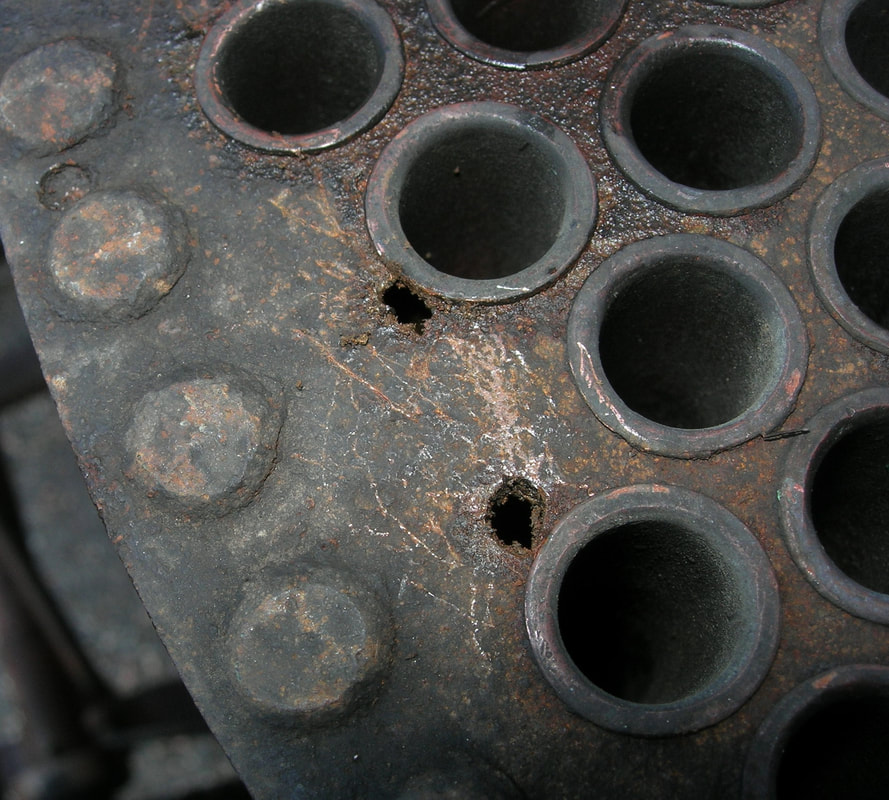
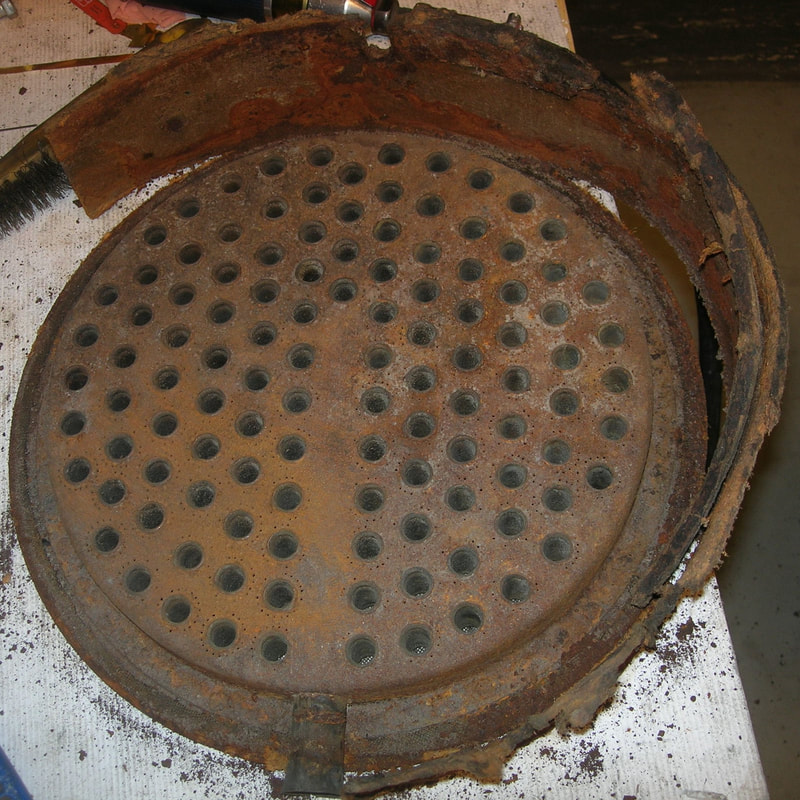
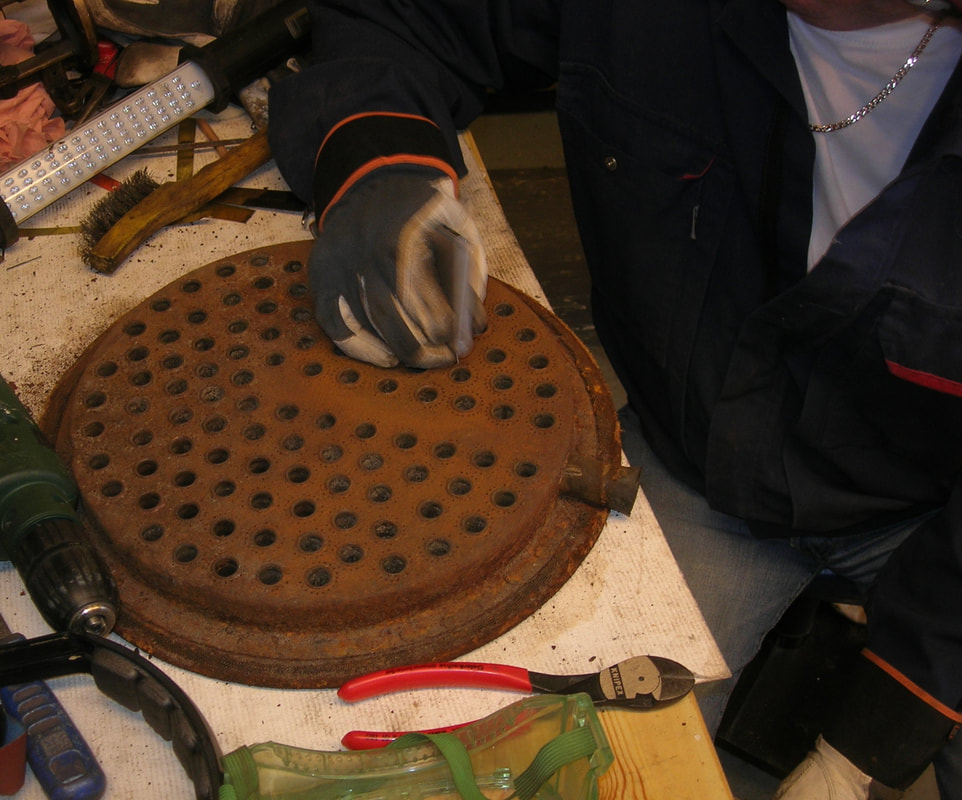
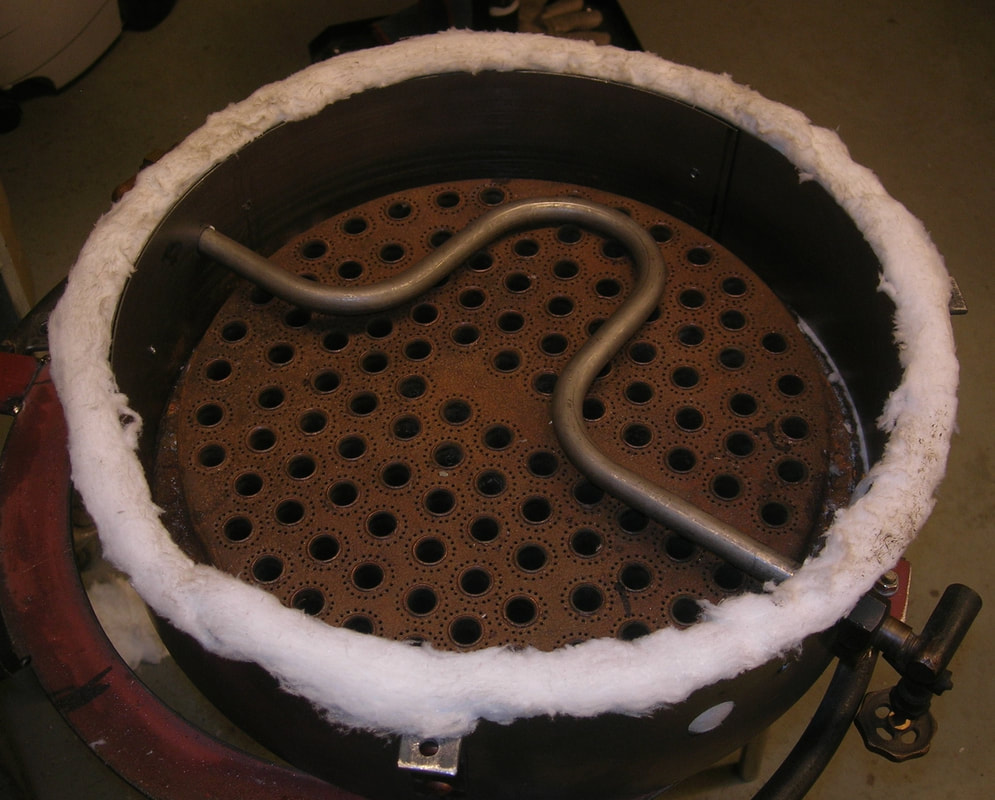
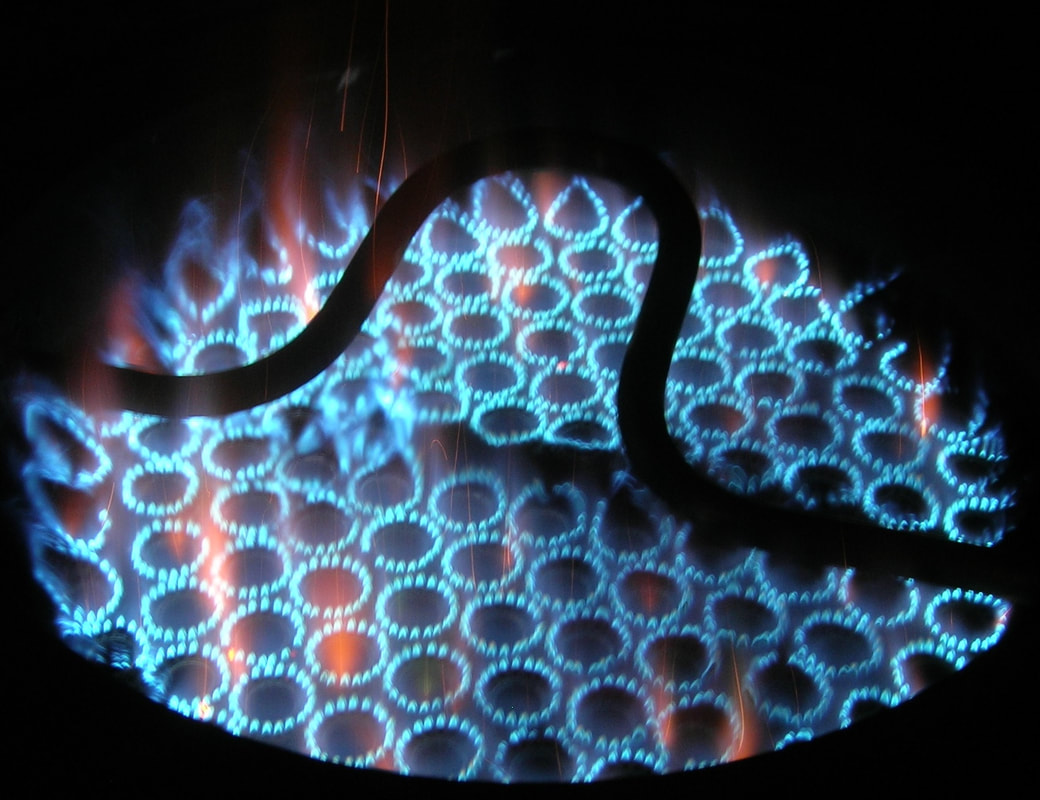
 RSS Feed
RSS Feed
